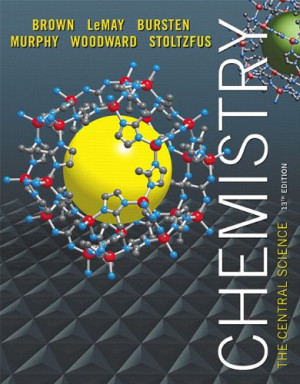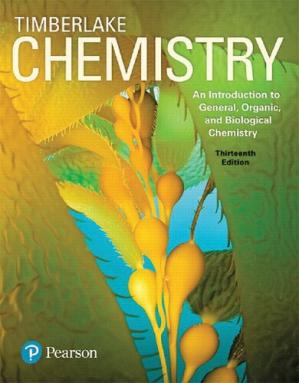Chemistry: The Central Science (13th Edition)
Original price was: $39.99.$24.99Current price is: $24.99. $19.99
Download Chemistry: The Central Science (13th Edition) written by Theodore E. Brown ; Eugene H. LeMay ; Bruce E. Bursten ; Catherine Murphy ; Patrick Woodward ; Matthew E. Stoltzfus in PDF format. This book is under the category Chemistry - Chemistry - General & Miscellaneous and bearing the isbn13 numbers 321934245/9780321934246. You may reffer the table below for additional details of the book. We do NOT provide access codes, we provide eBooks ONLY. Instant access will be granted as soon as you complete the payment.
Additional information
| book-author | Bruce E. Bursten, Catherine Murphy, Eugene H. LeMay, Matthew E. Stoltzfus, Patrick Woodward, Theodore E. Brown |
|---|---|
| publisher | Prentice Hall |
| file-type | |
| pages | 1232 |
| language | English |
| isbn10 | 321934245 |
| isbn13 | 9780321934246 |

